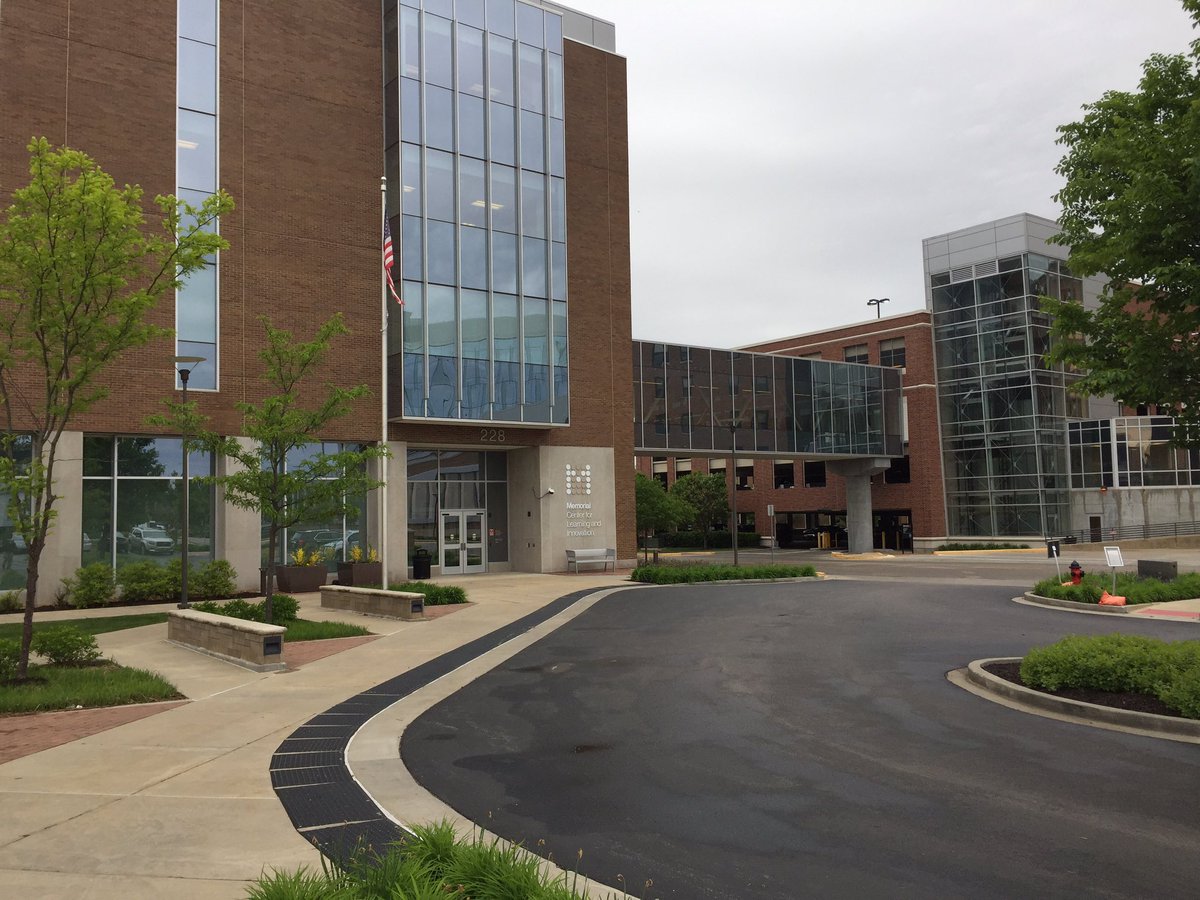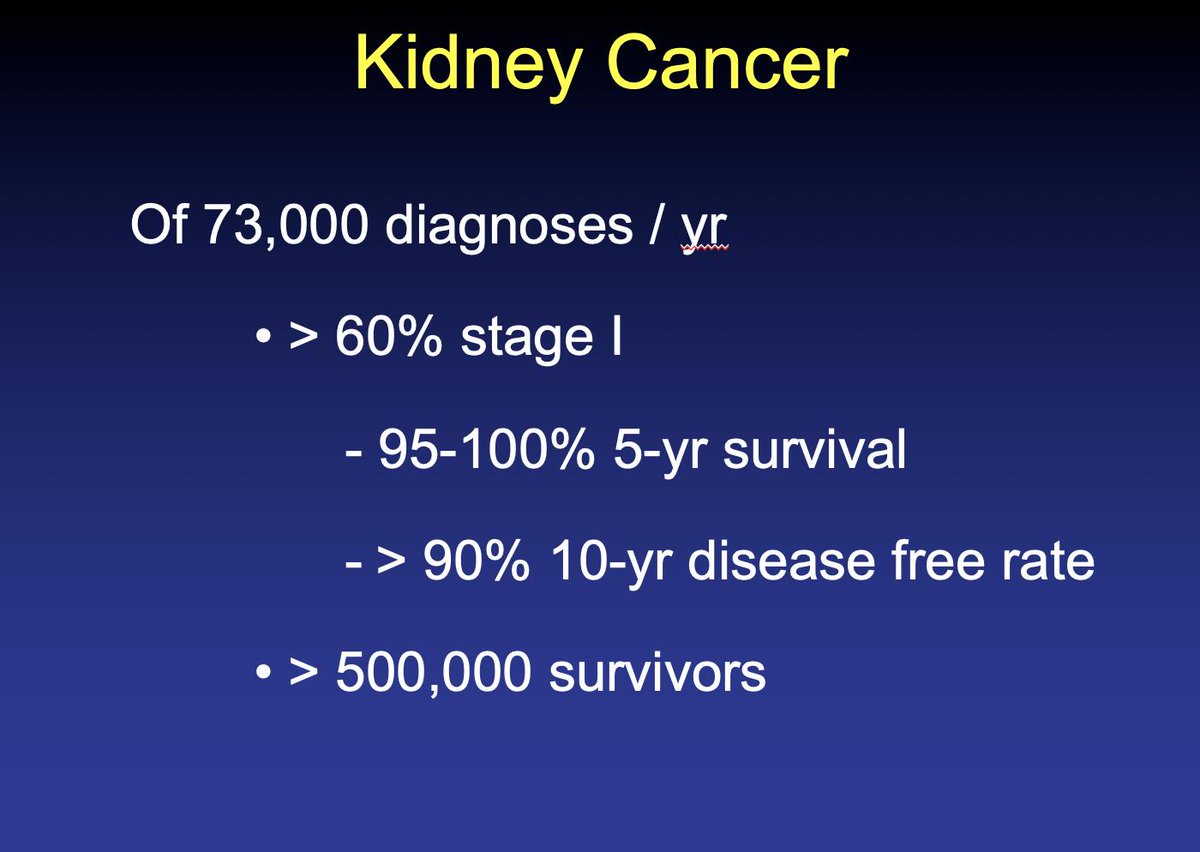
Dear nephrologist:
Not all #renalpath diagnoses are created equal.
Some are much less than others, and acute tubular injury/ ATN is among the least. Here are the reasons:
1. If we look hard enough, tubular injury is almost always present in the kidney bx. 1/
Not all #renalpath diagnoses are created equal.
Some are much less than others, and acute tubular injury/ ATN is among the least. Here are the reasons:
1. If we look hard enough, tubular injury is almost always present in the kidney bx. 1/
Tubular injury can be artificially introduced due to poor preservation (if bx isn't placed in formalin quickly) or during tissue processing. So I only begin to look if the creatinine is elevated and there isn't enough interstitial fibrosis/tubular atrophy to account for this 2/
2. Acute interstitial nephritis can be patchy and may be more prominent in the medulla if a drug reaction. If pt receives any steroids prior to bx, the inflammation dampens quickly. So sampling and timing of bx also matter a lot 3/
3. Thrombotic microangiopathy could cause acute tubular injury, but perhaps the thrombi are not sampled.
In essence, we must first exclude all other possible causes of acute kidney injury (eg myoglobin/Hgb/bile/light chain casts, and other pathologic findings, etc) 4/
In essence, we must first exclude all other possible causes of acute kidney injury (eg myoglobin/Hgb/bile/light chain casts, and other pathologic findings, etc) 4/
Then, we can entertain ATI/ATN as the diagnosis. So it's a diagnosis of exclusion based on the absence of many other diagnoses. And the absence of evidence is not evidence of absence. So our confidence in this diagnosis depends a lot on sampling adequacy and clinical context 5/
That is why my confidence when I diagnose ATI/ATN in a kidney bx will never be as high as a diagnosis of IgA or membranous nephropathy, for example. An important consideration as the bx is only a snapshot amidst all the other pt data. End/
• • •
Missing some Tweet in this thread? You can try to
force a refresh






